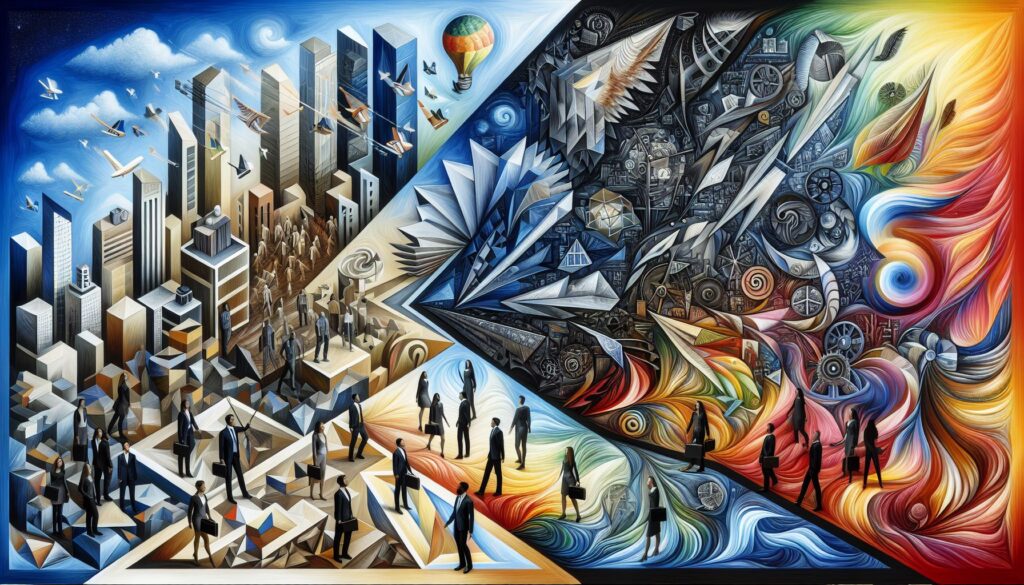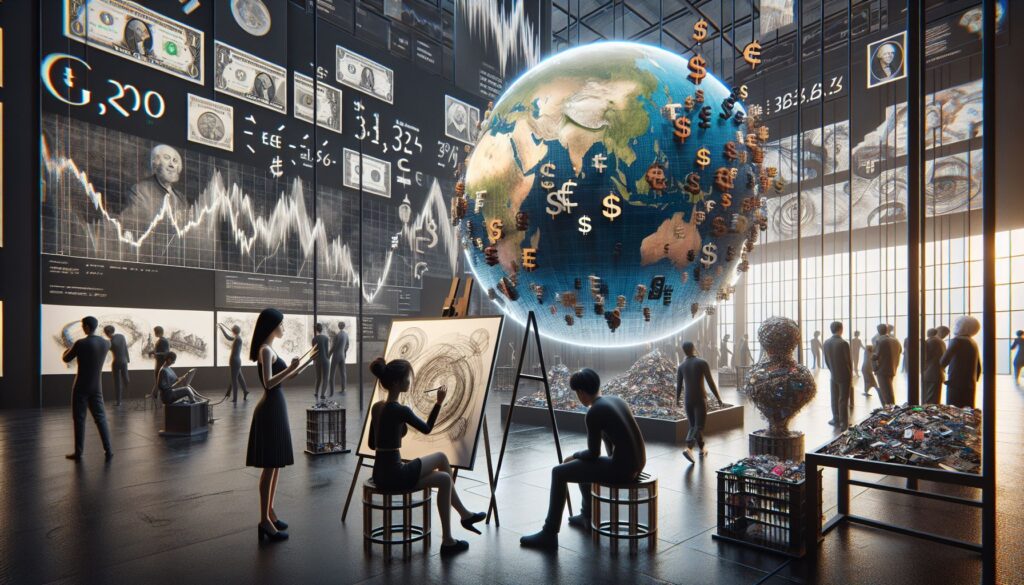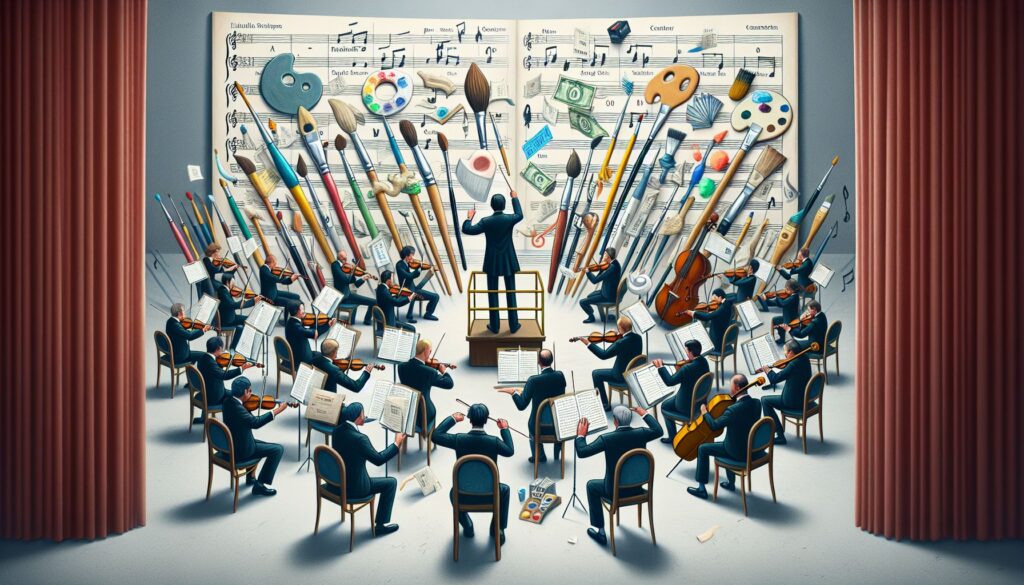Picture the Renaissance – a ground-breaking chapter of revival. This isn’t just your standard makeover. It’s a vibrant rebirth, culturally, artistically, politically, and economically. A true shakeup that put the Middle Ages in the rearview mirror and birthed a new epoch of enlightenment that’s imprinted on the global canvas.

Welcome to the Age of Reawakening
The Renaissance was the transformative bridge leading us from the Middle Ages into the realm of modernity. It was an era radiating creativity, a celebration of intellect that’s left its fingerprints all over our present world, transcending literature, philosophy, music, politics, science, religion, and, of course, art.

When Art Underwent a Metamorphosis
Renaissance art was a game-changer. It shattered the stained glass shackles of the Middle Ages, stepping away from the religious monopoly over creativity and putting humanity and nature in the limelight. The canvas morphed into a portal to reality, a mirror reflecting the splendor, intricacy, and depth of our human journey.
Nature and the Human Odyssey
What set the tone for Renaissance art was its magnifying glass on nature and the human experience. The artists of this era aimed to encapsulate life as they saw it, in all its majesty and flaws. They delved into the nuanced dance of light and shadow, introduced a sense of depth and perspective, and exalted the allure of the human form.
Innovation and Craftsmanship
The Renaissance was an epicenter of creative disruption, birthing an array of techniques and innovations. One of the standout shifts was the embrace of perspective. This technique added a third dimension to the two-dimensional canvas, injecting a breath of life into their works. The use of chiaroscuro, a dramatic interplay between light and dark, added an extra dash of realism to their artistic narratives.
The Echoes of the Renaissance
The Renaissance didn’t just flip the artistic world on its head, it also laid the groundwork for all subsequent artistic movements. Its emphasis on realism, the pioneering use of perspective, the celebration of the human form, and the masterful manipulation of light and shadow continue to inspire artists today. The essence of the Renaissance – its thirst for knowledge, creativity, and its reverence for beauty and truth – permeates every brush stroke, every chisel mark, every line drawn today.
The Renaissance stands as a testament to the transformative power of art to echo and mold our societies, to cast light on the human journey, and to defy the constraints of time and space. This epoch is a part of history that never gets old, a wellspring of meaning and inspiration, forever gifting us timeless masterpieces to cherish and learn from.




